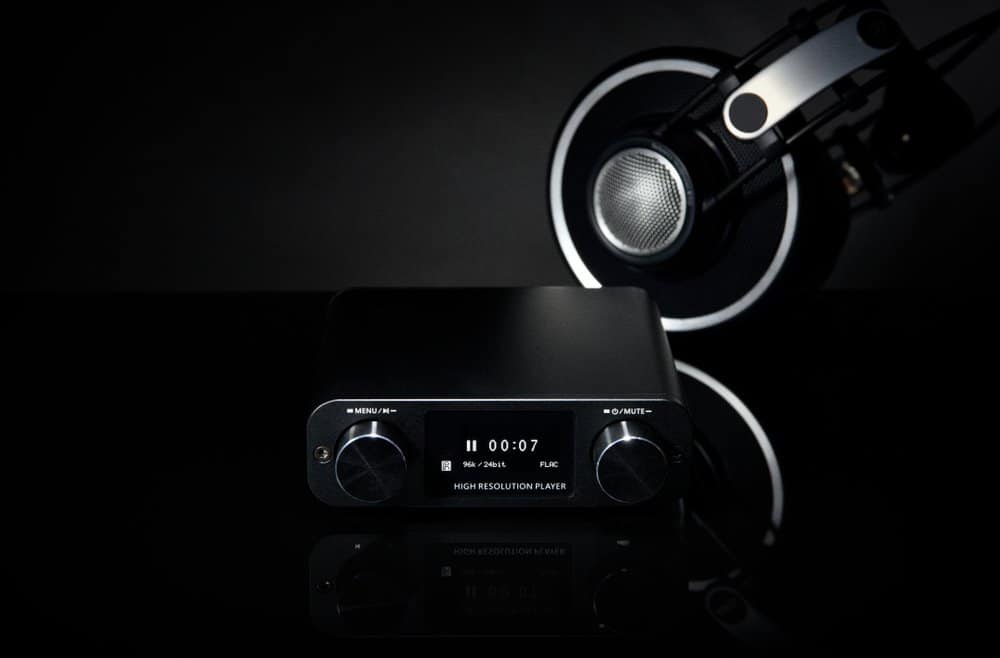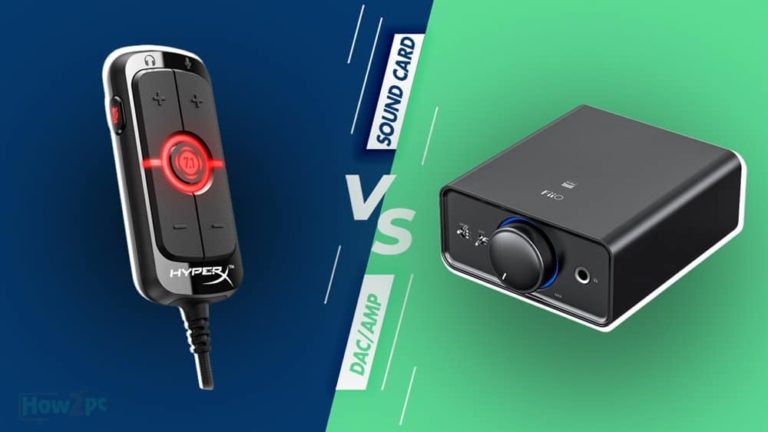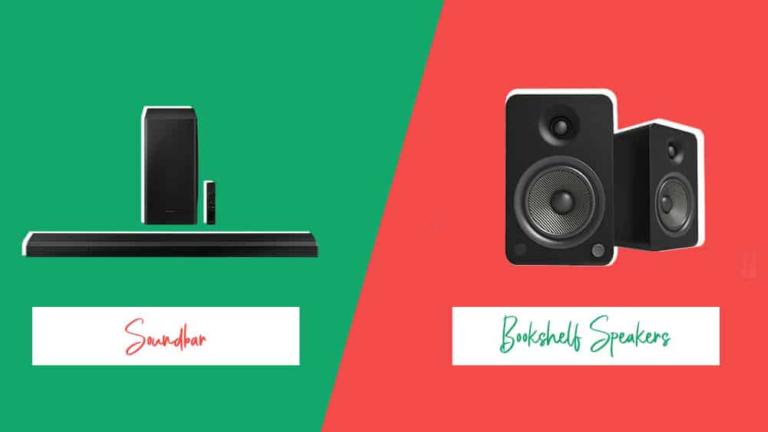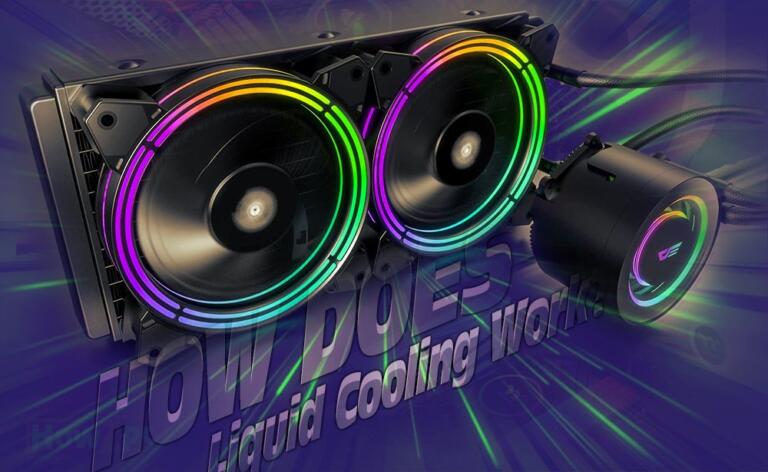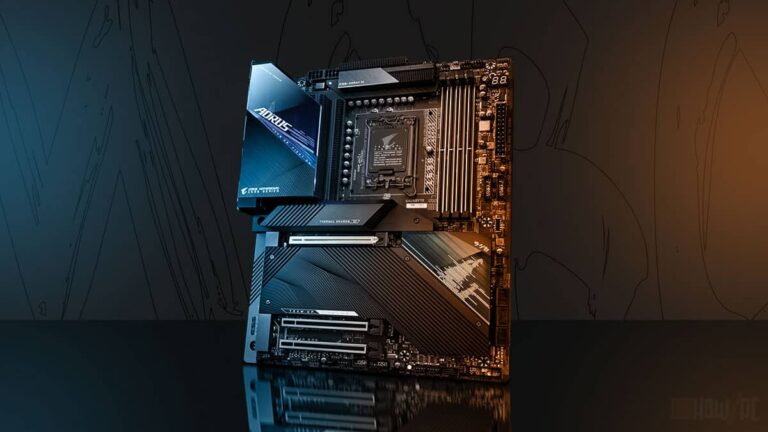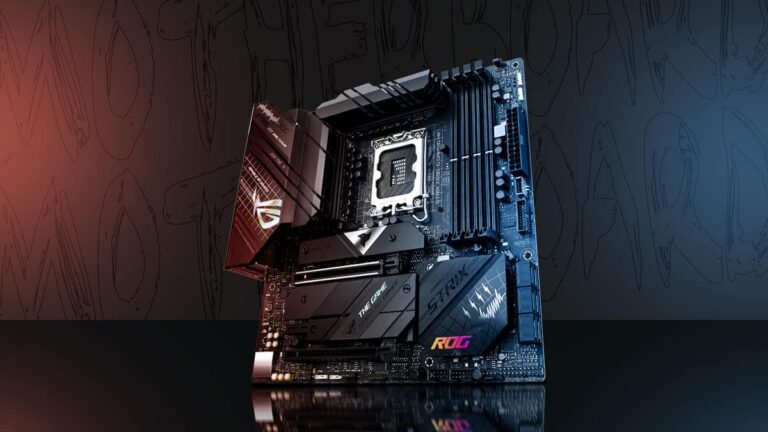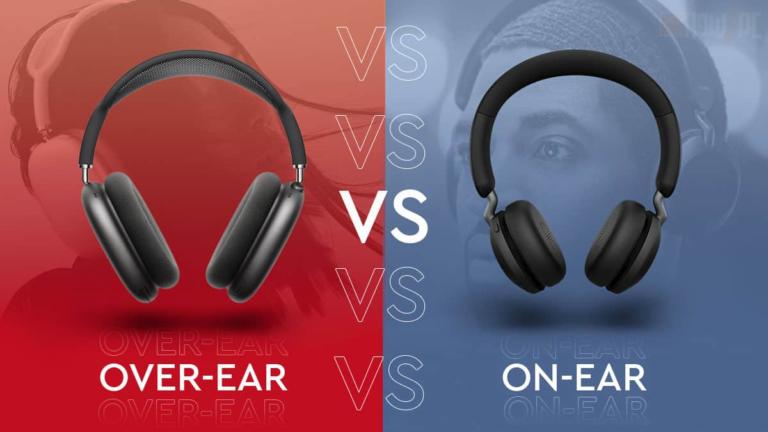The HiFi audio industry has seen a great boost lately with many new people coming into the niche industry. This has also increased the sales of audiophile open back headphones and other similar equipment like IEMs and speakers. The HiFi equipment is one thing but to run this equipment to its maximum potential good quality DACs and Amps are also needed.
The newer people lack the understanding of DACs and Amps and we have seen the question of what does a DAC do for headphones linger around in the forums often. This article is for those exact people looking for a concrete answer as to what does a DAC do but before we proceed let’s get a basic understanding of what a DAC is.
RELATED:
Best DAC Amp Combo for Every Budget
What Does a Headphone Amp Do
Sound Card vs DAC/Amp Combo
Amp vs DAC
What is a DAC/Amp and Do I Need a DAC or Amp
What Is a DAC and How Does It Work?
A DAC abbreviation for Digital-To-Analog converter is an electronic unit having a complex circuit. Almost, all of the electronic devices that handle audio have a built-in DAC including smartphones and computers.
The DAC works by converting a digital signal into an analog one before it is fed to the headphones and ultimately the human ear. This is important because the human ear cannot decipher the digital signal. After all, it is in the form of binary code that being 0s and 1s making it machine-understandable only.
What Does a DAC Do for Headphones?
For us to completely understand the use of a DAC for the headphones we have to reflect again on the working of a DAC. This is because what a DAC does for the headphones is linked to its overall purpose and usage.
Like we previously mentioned a DAC converts the digital signal into an analog one but this is just an overly simplified explanation. The complete process which also involves the headphones is much more complex.
When a DAC is connected to an active audio source a signal is passed. This signal due to it being digital is rendered in the form of 0s and 1s so without the DAC there would not be any line for the headphone to pickup. Since the headphones render an analog signal the signal must be processed and converted into such.
The digital signal is converted into a waveform because of the different frequencies. These different frequencies then pass onto the speaker of the headphone and it vibrates thus creating the sound we hear. Without the waveform, neither the headphones nor the human ear would have been able to process the initial digital signal.
Besides this, another aspect of the DAC which concerns the headphone is the coloration of the sound. Some DACs can alter or add subtle elements to the sound to make it more appealing. This is a bit of a two-edged sword because in some scenarios this added coloration can be better for the overall audio while in other scenarios it can totally defeat the purpose of a good DAC. So this really boils down to the refinement done by the manufacturer and also be consumers taste in audio.
Do I Need a DAC for My Headphones?
While it is true that all electronic devices that handle audio have a built-in DAC but most manufacturers do not put enough thought into the quality of DAC in their devices. Therefore when you upgrade your audio equipment the stock DAC of your device is no more sufficient for the new audio equipment. This is especially true if you use an old-dated device.
You should opt for a DAC if you experience the audio not being clean. The problem with stock DACs is that due to their lower quality they are not able to process all of the incoming audio signals efficiently, therefore, leading to a muddled audio experience. Also, if you experience any sort of audio clipping, distortion, or background noise then chances are that you are due for a DAC upgrade.
READ MORE:
On Ear vs Over Ear Headphones
Best Open Back Headphones for Gaming
The 5 Best Surround Sound Headphones
Why Are My Headphones So Quiet

